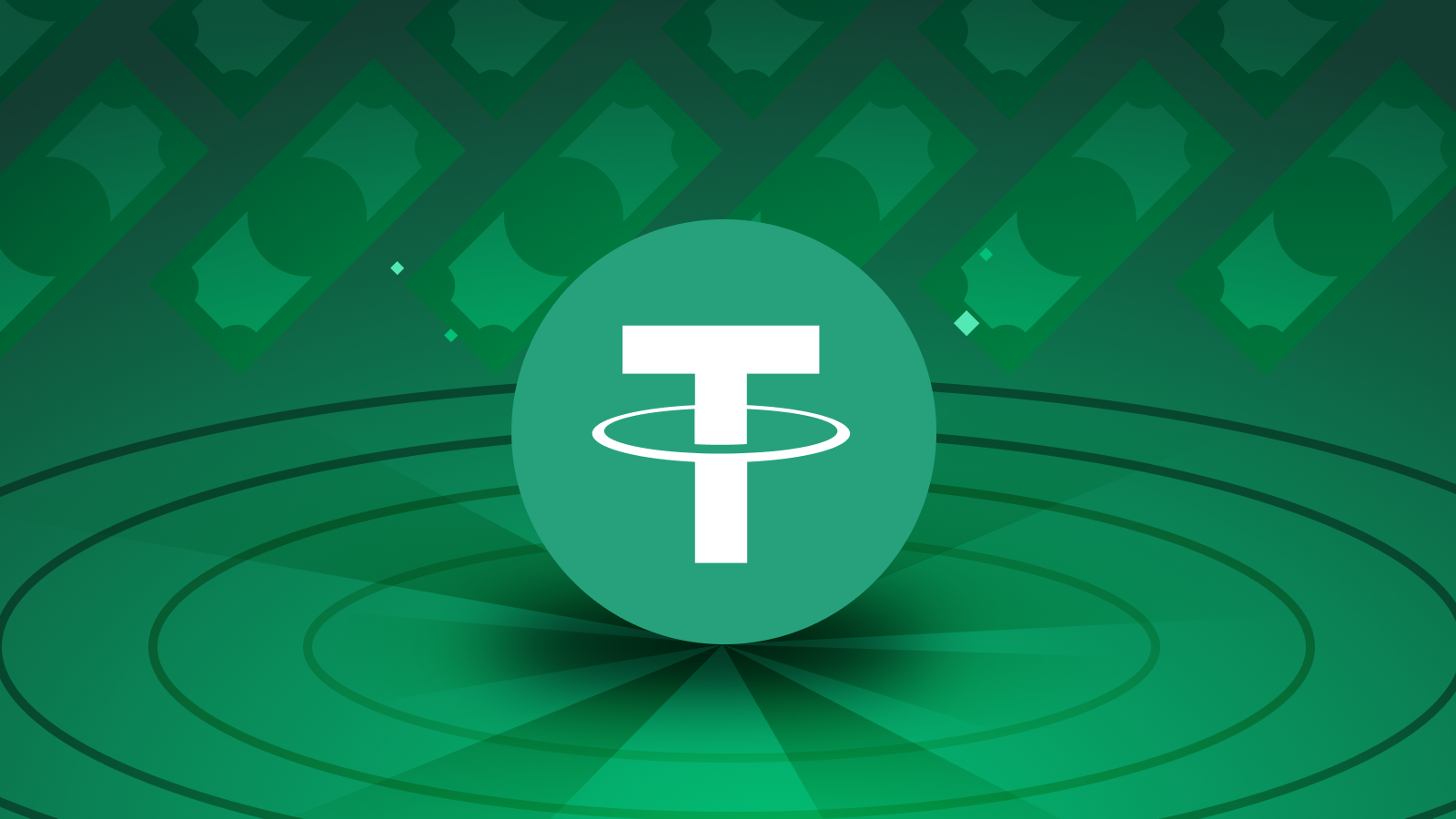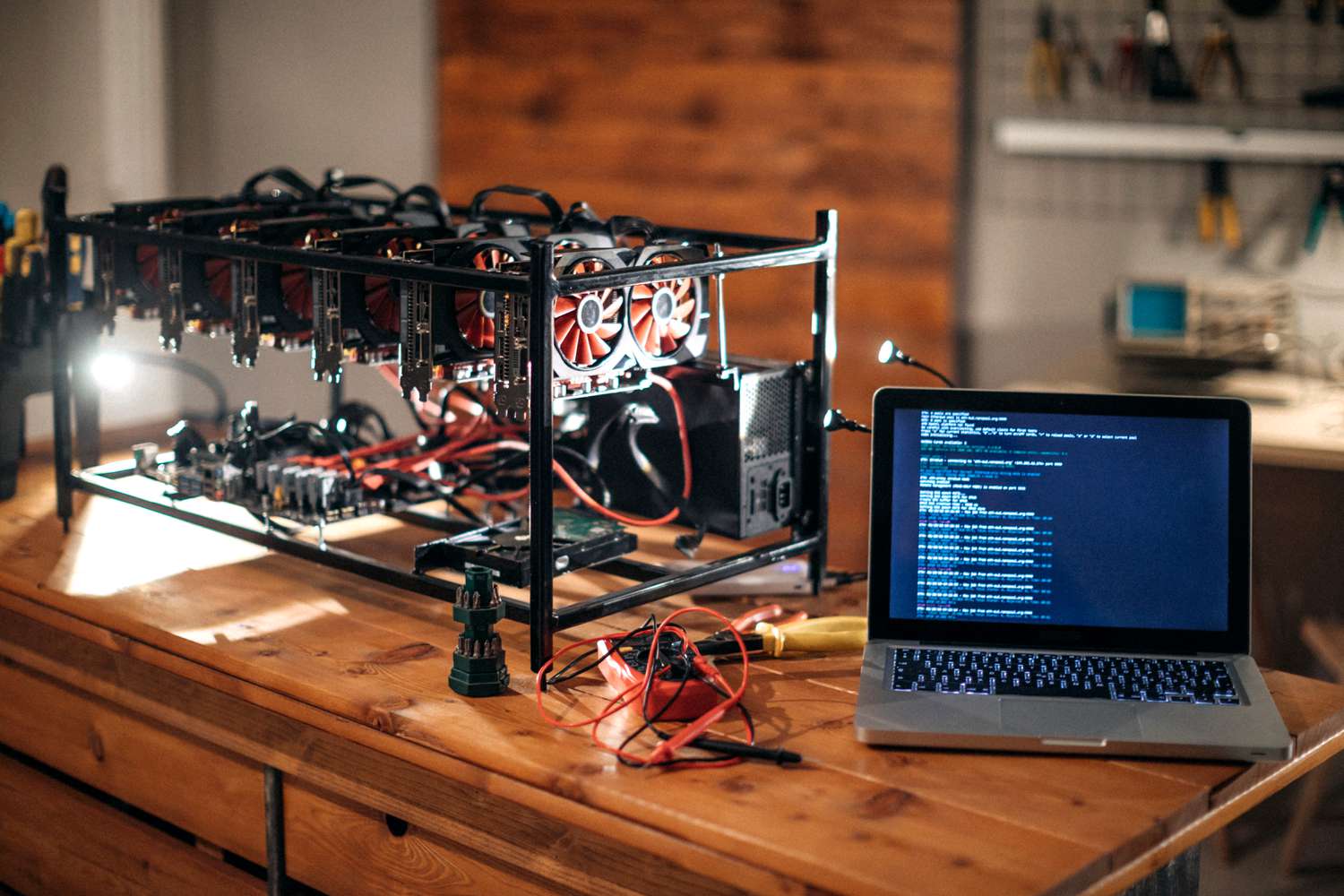Understanding Stablecoins: The Less Volatile Side of Crypto
The world of cryptocurrency often brings to mind wild price swings – Bitcoin rocketing up one day, then dipping the next. However, imagine a type of cryptocurrency designed to avoid this dramatic volatility. That’s exactly what stablecoins are! Essentially, they offer a crucial bridge between the traditional financial system and the innovative, decentralized crypto space.
What Makes a Coin “Stable”?
Unlike Bitcoin or Ethereum, whose prices fluctuate based on supply and demand, stablecoins maintain a consistent value. This is primarily achieved by pegging their value to a stable asset. Most commonly, stablecoins are pegged to the US Dollar at a 1:1 ratio. Therefore, one stablecoin will generally always be worth one US Dollar. Other stablecoins, however, might peg their value to other fiat currencies (like the Euro), precious metals (like gold), or even other cryptocurrencies.
How Do Stablecoins Maintain Their Peg?
Maintaining this stable 1:1 peg requires different methods, which broadly categorize stablecoins into a few types:
- Fiat-Backed Stablecoins:
- How they work: These are the most common type. For instance, companies issuing these stablecoins hold an equivalent amount of fiat currency (like USD) in traditional bank accounts or highly liquid assets as reserves. Every stablecoin in circulation is therefore backed by a corresponding unit of fiat currency.
- Examples: Tether (USDT), USD Coin (USDC), Binance USD (BUSD).
- Considerations: Transparency about reserves is crucial here. Reputable stablecoin issuers regularly undergo audits to prove their reserves match the circulating supply.
- Crypto-Backed (Collateralized) Stablecoins:
- How they work: Instead of fiat, these stablecoins use other cryptocurrencies as collateral. To ensure stability amidst crypto volatility, they are typically “overcollateralized.” This means you deposit more than $1 worth of crypto (e.g., $1.50 worth of Ethereum) to mint $1 worth of a stablecoin. If the collateral’s value drops, the system can automatically liquidate some of it to maintain the peg.
- Examples: Dai (DAI).
- Considerations: While decentralized, they require more active management and understanding of liquidation risks.
- Algorithmic Stablecoins:
- How they work: These stablecoins do not use direct fiat or crypto collateral. Instead, complex algorithms and smart contracts automatically adjust the supply of the stablecoin based on demand. If the price goes above the peg, the algorithm might issue more coins to bring the price down. If it goes below, it might burn coins or incentivize users to take them out of circulation.
- Examples: Frax (FRAX) (though many pure algorithmic stablecoins have faced significant challenges).
- Considerations: These are generally considered the riskiest type due to their reliance on complex code and market incentives. Many have failed dramatically.
Why Are Stablecoins Important for Cryptopia Users?
Stablecoins offer significant advantages, especially for those navigating the crypto market:
- Volatility Hedge: When the crypto market experiences significant dips, users can quickly convert their volatile assets (like Bitcoin) into stablecoins to protect their capital. This offers a safe haven without needing to cash out to traditional bank accounts.
- Easy Trading: Stablecoins facilitate seamless trading between various cryptocurrencies. They effectively act as a common denominator for trading pairs on exchanges, making transactions quicker and cheaper.
- Global Transactions: You can send stablecoins across borders almost instantly and with low fees, eliminating the delays and costs associated with traditional international bank transfers.
- Passive Income Opportunities: Many decentralized finance (DeFi) platforms allow users to lend or stake stablecoins to earn interest, offering a relatively low-risk way to generate passive income in crypto.
- On-Ramp/Off-Ramp: They provide an efficient way to move funds into and out of the crypto ecosystem without direct exposure to volatility.
Choosing the Right Stablecoin
When selecting a stablecoin, always consider its backing mechanism and the reputation of its issuer. For fiat-backed stablecoins, regularly check audit reports and ensure the reserves are transparently managed. For crypto-backed stablecoins, understand the collateralization ratios and underlying mechanisms.
Ultimately, stablecoins are an indispensable component of the modern crypto landscape. They provide stability, facilitate trading, and bridge the gap between traditional finance and the decentralized world, offering Cryptopia users more versatile and less volatile options in their crypto journey.













Post Comment